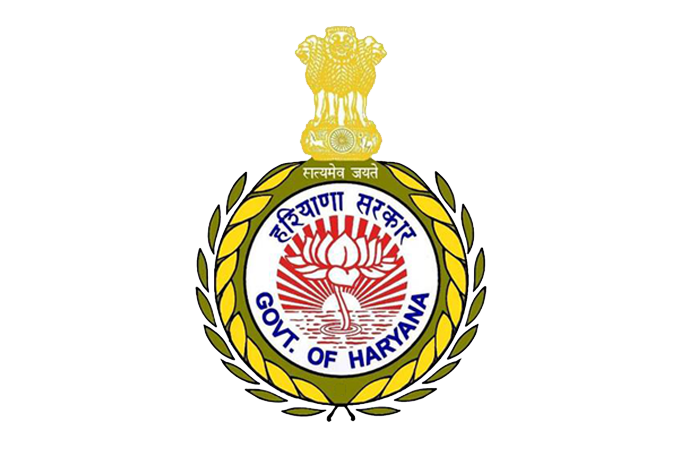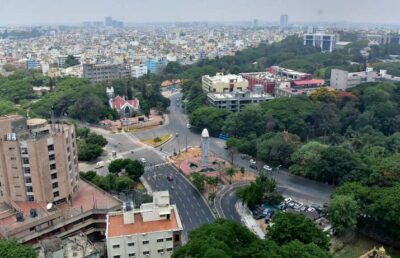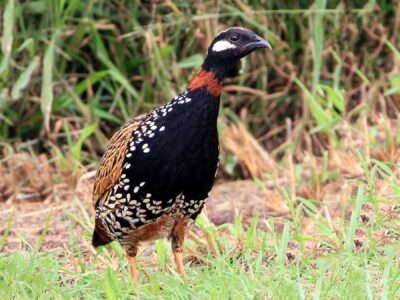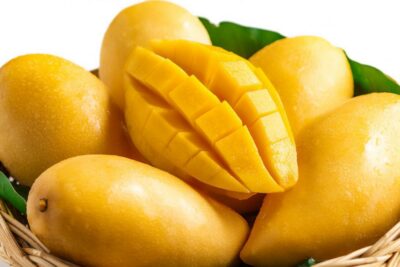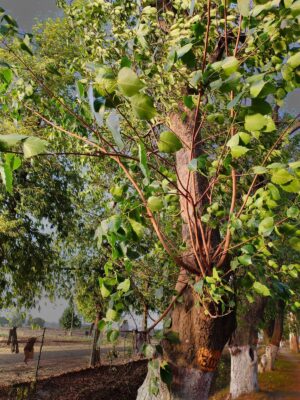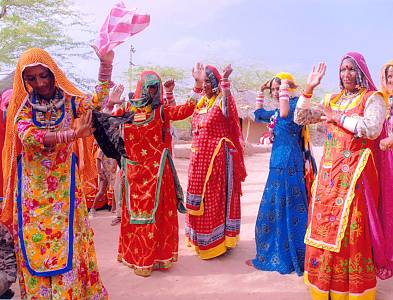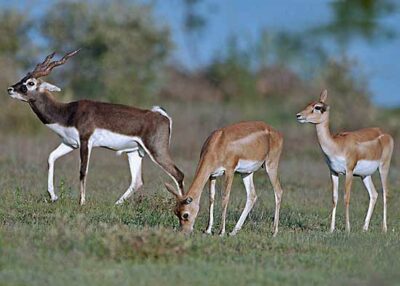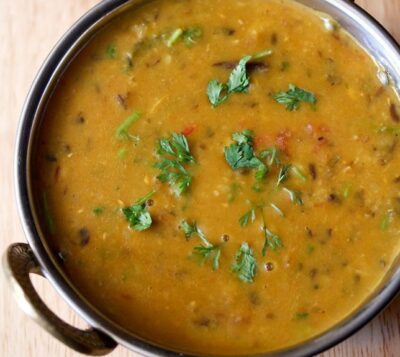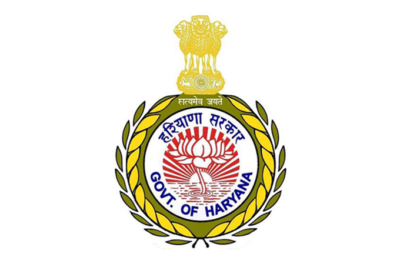State Symbols of Haryana
Last updated on January 21st, 2023 by Editorial Staff
By | Updated on January 21, 2023
Reviewed by Rittika
Haryana is an Indian state in the northwestern section of the country, graded 21st in terms of land area. It is boarded northwest by The state of Punjab and the union territory of Chandigarh, on the north and northeast side Himachal Pradesh and Uttarakhand covers it, the state of Uttar Pradesh and the union territory of Delhi on the east, and the state of Rajasthan on the south and southwest. Within the Chandigarh union territory, the city of Chandigarh serves as the capital of Haryana.
Yamuna, Ghaggar, Saraswati, Dohan, Tangri, Krishnawati, Sahibi, and Markanda are the eight rivers that run through Haryana. Shri Manohar Lal Khattar is the current chief minister, while Shri Bandaru Dattatreya is the governor of Haryana.
Haryanvi is the local language commonly spoken in Haryana and some related India’s northernmost states.
Demographical Profile
It has a total geographical area of 44,212 km2 and a population of almost 3 million people. Haryana has an 83.78 percent literacy rate with a sex ratio of 910 women per 1000 men.
Climate
Haryana’s climate is burning in the summer and terribly cold in the winter; maximum temperatures in May and June can exceed 43°Celsius, and low temperatures in January, the coldest month, can fall below freezing. The majority of the state is arid to semiarid, with only the northeast experiencing humid climates. The average annual precipitation is roughly 450 mm, with the majority occurring between July and September. Despite the fact that the state has a canal irrigation system and tube wells, there are portions of the state that are recurrently drought-prone, predominantly in southern and southwestern districts. The lands bordering streams of the Yamuna and the Ghaggar, on the other hand, are prone to floods.
Wild Life and Natural Vegetation
Haryana has very little natural vegetation and flora is dominated by prickly shrubs, deciduous woods, and thorns due to the dry climate. Few isolated hills and peaks are clothed in green grass when the monsoon arrives. Eucalyptus trees are planted in wastelands and along thoroughfares. In the northern half of the state, shisham (Dalbergia sissoo) trees grow beside highways and canals, while small, spiky kikar (Acacia arabica) trees and scrub can be found in the southern and southwestern parts.
Monkeys, cats, and leopards can be found in some areas of Haryana, while common mongoose, jackals, Indian foxes, neelgai, and blackbuck are restricted to the steep hills of the northeast and far south. The plains are home to bats, squirrels, mice, rats, and gerbils, among other small creatures. Near the waterways, ducks and teals of all kinds can be found. Pigeons and doves, as well as small, colorful birds like parakeets, buntings, sunbirds, bulbuls, and kingfishers, are widespread in agricultural areas. The state is home to a variety of snakes, including pythons, boas, and rat snakes, as well as dangerous kraits and vipers. Haryana is home to a variety of reptiles, including lizards, frogs, and tortoises.
Black Buck (Antelope) and Black Francolin are the state animals and birds, respectively.
Economy
Haryana is known for its alluvial soil. The state is located in the Indus and Ganges river valleys and is a large expanse of lush land. Green Revolution is primarly responsible for Haryana’s agricultural production. Haryana, a prosperous agricultural state, supplies a significant amount of wheat and rice to the national repository system of surplus food grains. Cotton, rape and mustard seed, pearl millet, chickpeas, sugarcane, sorghum, corn (maize), and potatoes are also produced in large amounts in the state. The northeastern region is home to dairy cattle, buffaloes, and bullocks, which are utilized for plowing the ground and as drag animals.
Culture (Art, Music, and Cuisines)
Haryana has a long cultural history dating back to the Vedic era and the Indus Valley Civilization. Haryana has also been the home of ancient practices such as meditation and yoga. Baba Ramdev is a well-known Yoga guru who hails from Haryana. Folk music and traditional dress have been used to express Haryana’s culture. Haryana’s people have preserved their heritage through diverse folklore.
Haryana has a strong handloom culture and Panipat is a large textile town in India and is known as a center for rugs and upholstery fabric. Modhas (circular stools) and chairs fashioned of sarkande (a reed) from Faroukhnagar, and pidhis (wooden stools with seats woven in a cotton thread or sutli) from Sonepat, are two types of woven furniture.
Haryana has a delectable combination of classic Indian delicacies to tempt anyone’s taste buds. Rajm, Sukhi Chana Dal, Dahi Bhalle, Sarso ka Saag, Singri ki Sabzi, Bathua Raita, Bajra-Aloo Roti with Makkhan, Churma, Kheer, and Kachri ki sabzi are some of Haryana’s most famous foods.
Haryana offers a diverse range of traditional dances. Ghoomar, a dance performed only by girls, is particularly popular in the state’s western regions. Haryana women often wear a calf-length ghagra, a short kurti on top, a chundri, and a lot of heavy silver jewelry. With their dhotis, kurtas, and turbans, the males are almost as colorfully attired.
Tourism
Haryana is home to a diverse range of landscapes, including natural and man-made lakes, mountains, cultural and pilgrimage sites associated with the Hindu epic Mahabharata, and historical sites. The state government’s State Tourism Policy, issued in 2008, aims to promote agriculture, pilgrimage, adventure, heritage, medical tourism, and eco-tourism, as well as agriculture, pilgrimage, adventure, heritage, and medical tourism.
State Information
| Official Language | Hindi |
| State Rank | 21 |
| Demonym(s) | Haryanvi |
| Nickname | Milk Pail of India |
| ISO | IN-HR |
| Formation Date | 1 November 1966 |
| Coordinates | Lat: 29.0588° N, Long: 76.0856° E |
| Area |
State seal
Motto of Haryana
State symbols of Haryana 👇
-
State capitalChandigarh
-
State birdBlack Francolin
-
State flowerLotus
-
State fruitMango
-
State treeSacred fig
-
State danceLoor
-
State animalBlackbuck
-
State dishMixed Dal
